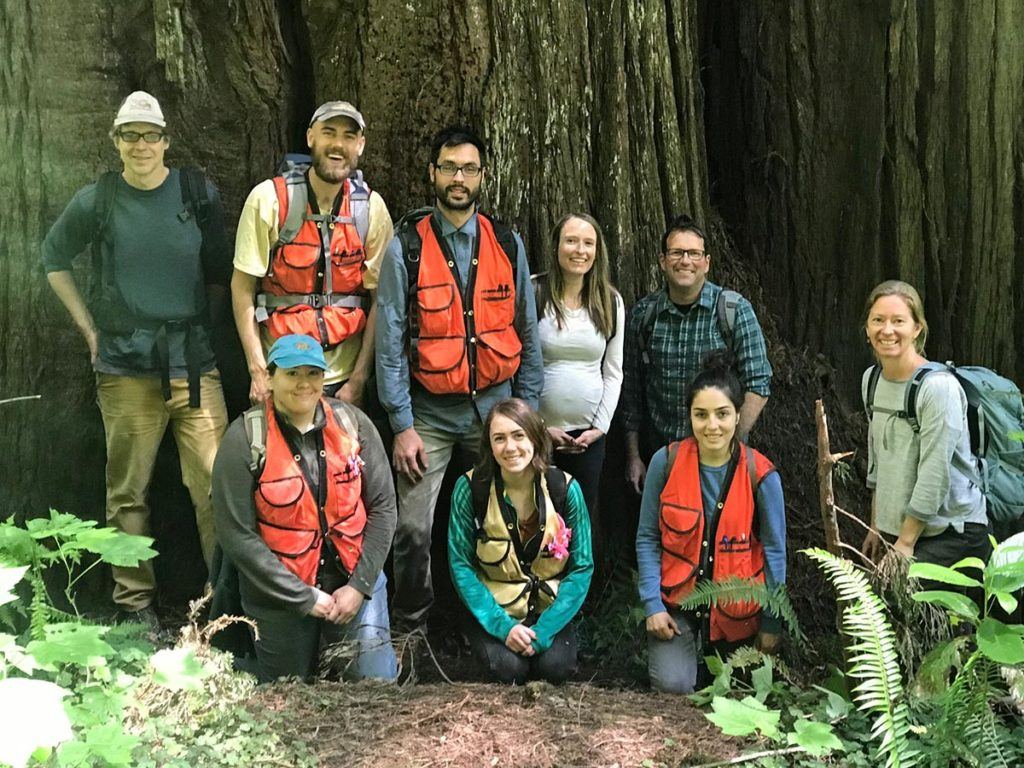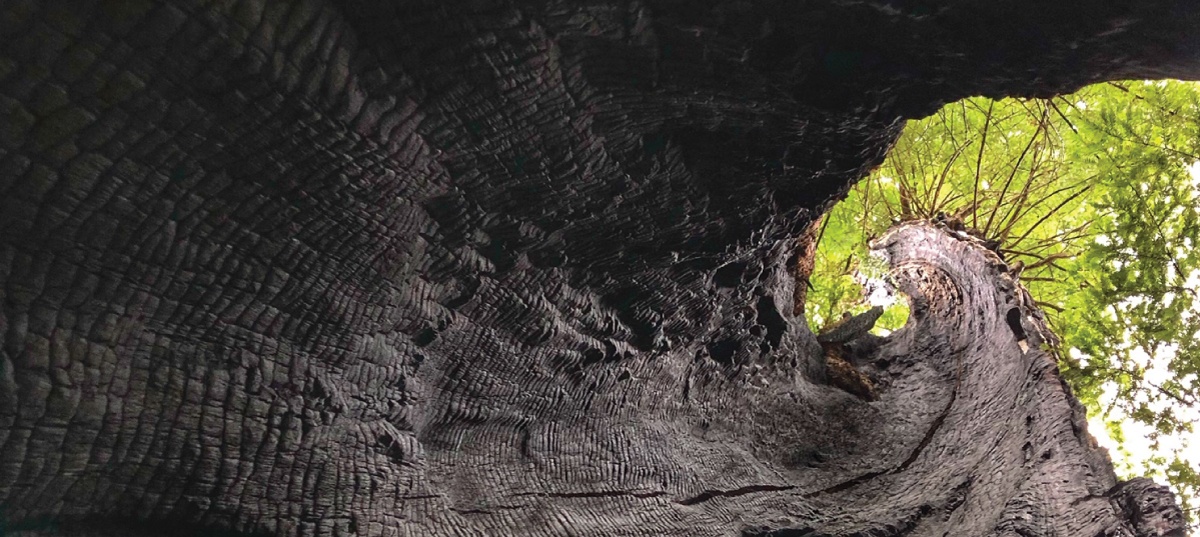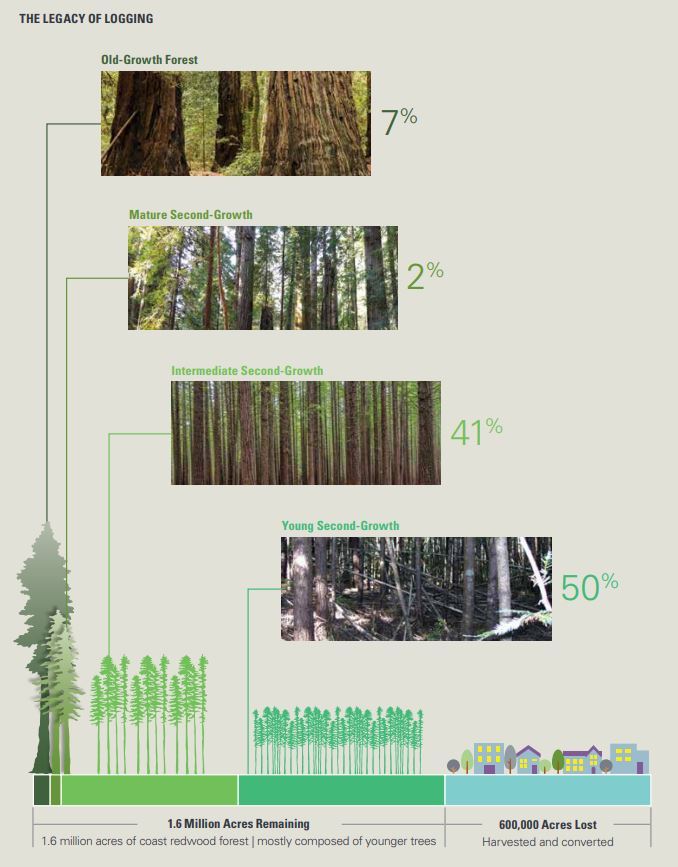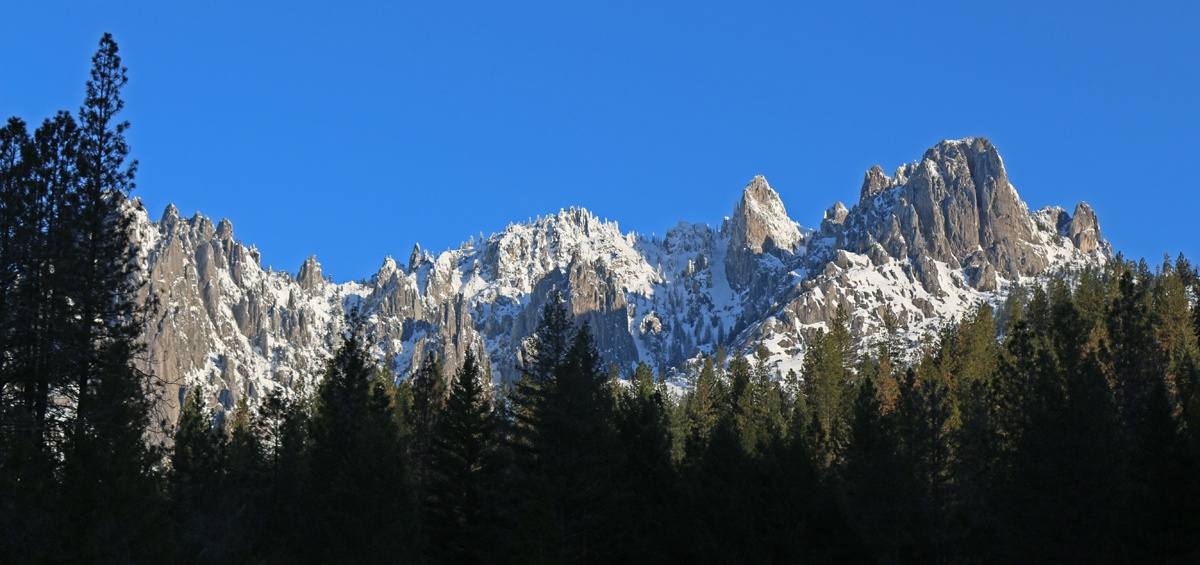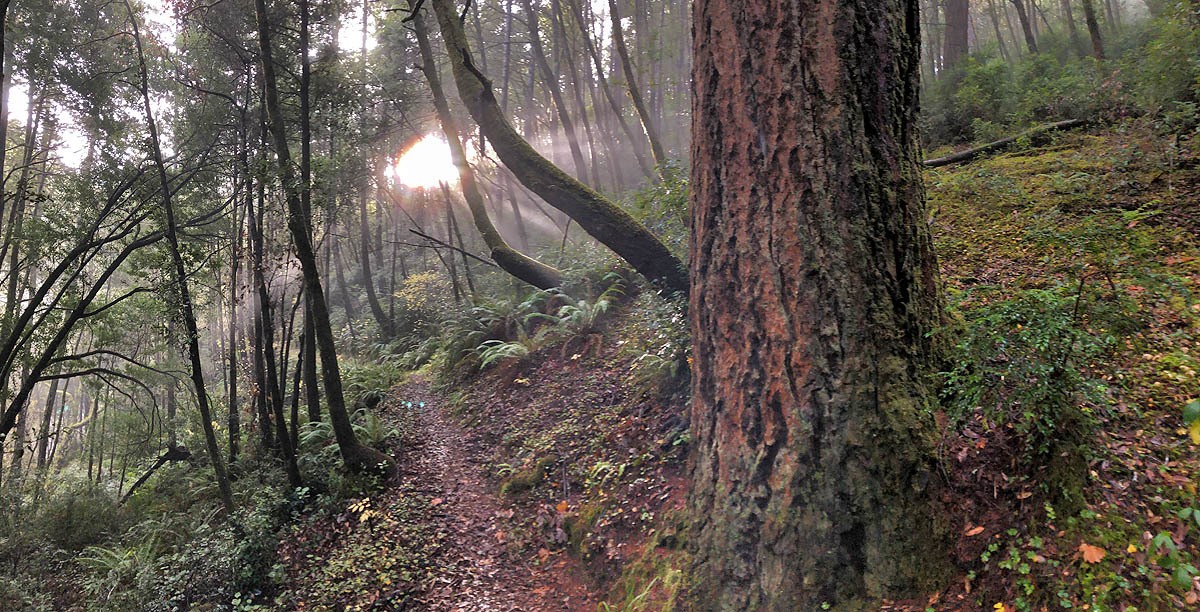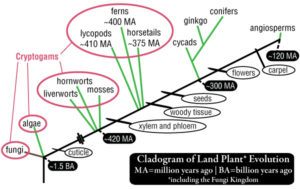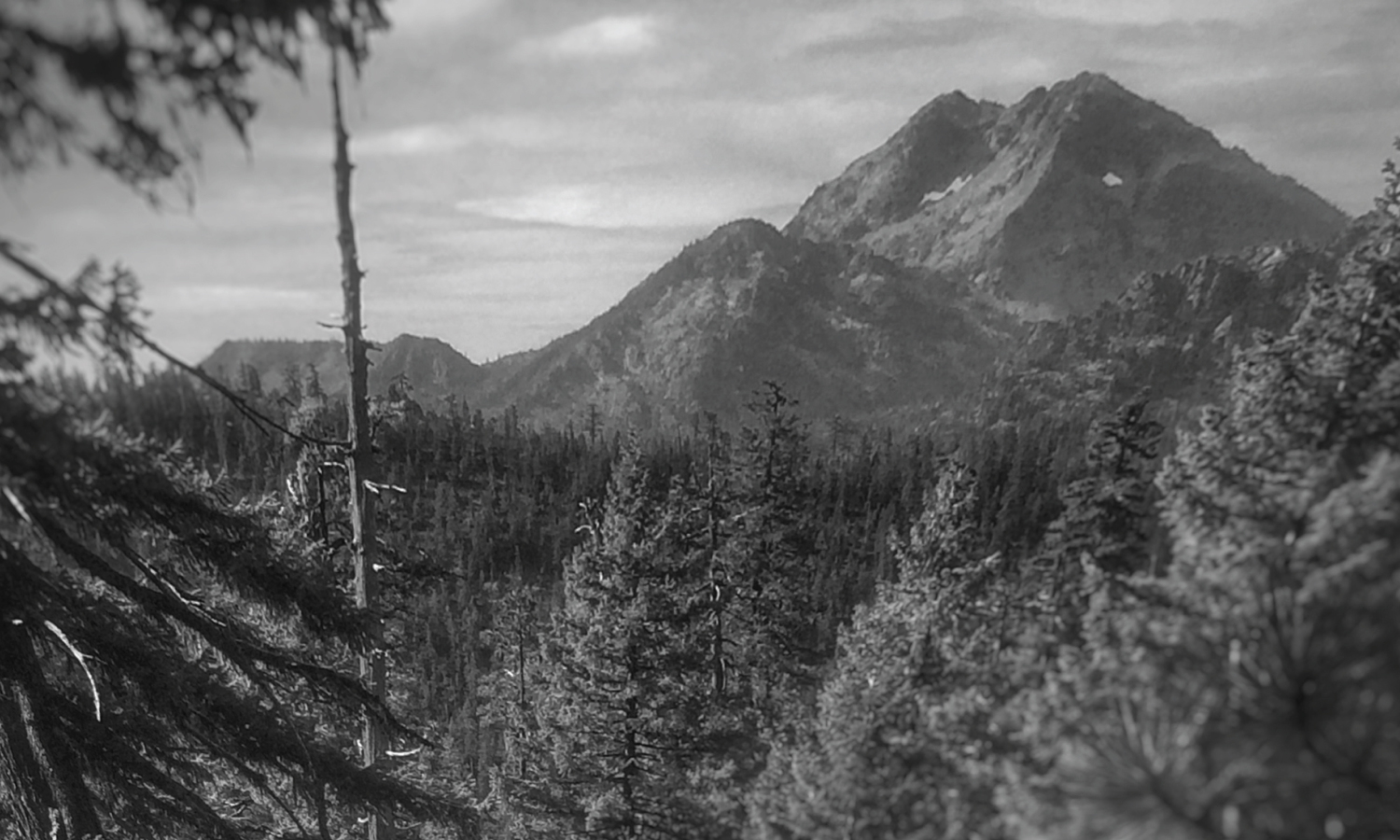Exploring the Yurok RNA
Many years back I discovered that there were little known biodiversity hotspots that had been described by a handful of ecologists. These places had been designated as Research Natural Areas for the primary purposes of maintaining biological diversity, providing baseline ecological information, and encouraging research and university natural-history education. These places are all relatively pristine and sometimes close to roads in non-wilderness areas.
It was in this way that I first learned about the Redwood Experimental Forest that also contains the Yurok RNA. But I had never visited this place despite the fact it has been on my list since the early 2000s. That all changed in June 2019.
